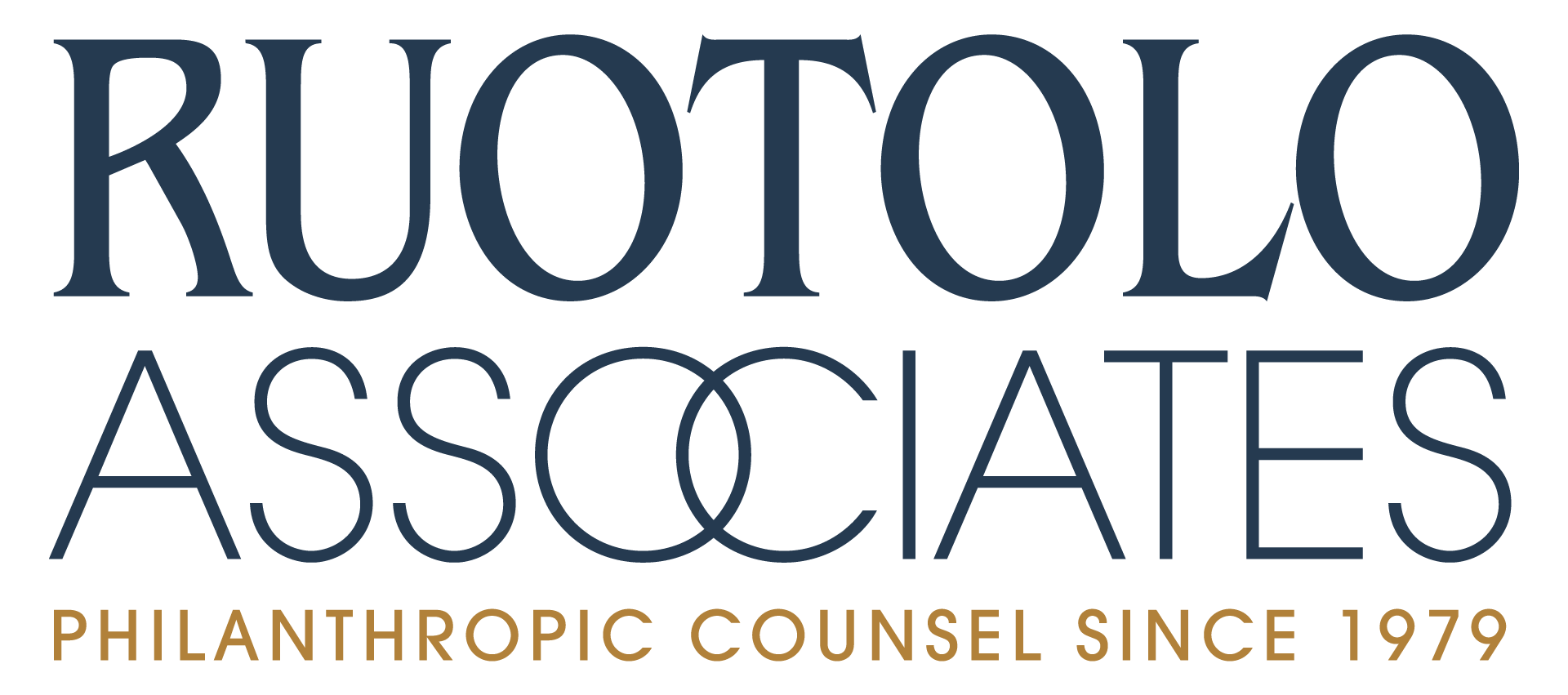by: Melpo Murdakes
Educational philanthropy is adapting rapidly to shifts in the demographic, cultural, and social landscape to prepare for the next phase growth. No longer are the traditional assumptions serving private, independent and faith-based schools in such a competitive environment. Nationally recognized public and tailored charter schools are further driving the need to differentiate in the marketplace.
Recently, our successful partnership with the Diocese of Phoenix raised over $110 million dollars for a comprehensive campaign rooted in Catholic education. This included the opening of the only new Catholic High School in 2018. Reflecting on this partnership, we see three keys vital to effective transformation:
Align Advancement Efforts — Development, admissions, and marketing are the three fundamental legs of the advancement stool. Transformative growth relies on their effective balance and interrelationship. Siloed quests for students and donors squander the exponential potential of cross-messaging. Donors want to see the impact of their giving, see the faces of the students, know the opportunity to which their generosity is contributing. For prospective students, seeing the engagement of constituents – from alumni mentors to past parent donors – models the value of the ongoing relationship they have the possibility to experience. Marketing and communications departments can be uniquely positioned to leverage these messages and create opportunities to strengthen impact and branding.
Know Your Story — Old patterns and assumptions fall flat in the pursuit of expanded student and donor bases. From reliance on a small core of significant benefactors to repetitive approaches to engage the same prospective students, understanding the WHY that draws students and supporters to your institution is key. Undertaking an objective study to connect with those closest to your organization – current families, faculty and staff, donors and partners schools – and those you’d like to attract provides valuable insight into the existing perceptions and the desired outcomes prospects are seeking. How does your school distinctly live out its mission? What are the stories that illustrate success and fulfillment that will resonate with prospects? Asking the questions and being open to the feedback ensures a wealth of data to inspire planning and programming to craft a strategy for sustained success.
Empower Your Advocates — Sharing your story is more than an institutional imperative. It can be a call to action to your constituents. Their experience and their voices add the color and depth, the nuance and personalization, that connect with prospects individually. The right resources can ensure that these messages reinforce the overall efforts of your organization. Storytelling guides outline the core of your story and illustrate ways to amplify this message, giving your constituents the tools to contribute to the broader efforts. Ambassador programs provide channels for your parents, faculty, staff and alumni to represent your school in their broader circles of influence, thus raising awareness and increasing interest.
In essence, the call is to take a step back to see the big picture of your organization, from the way your internal offices operate to the way you are perceived in the marketplace to the links you have connecting you to key opportunities for growth. The right objective lens can guide even the slightest shifts to harness the good work you are doing to have an even greater impact on your future.


